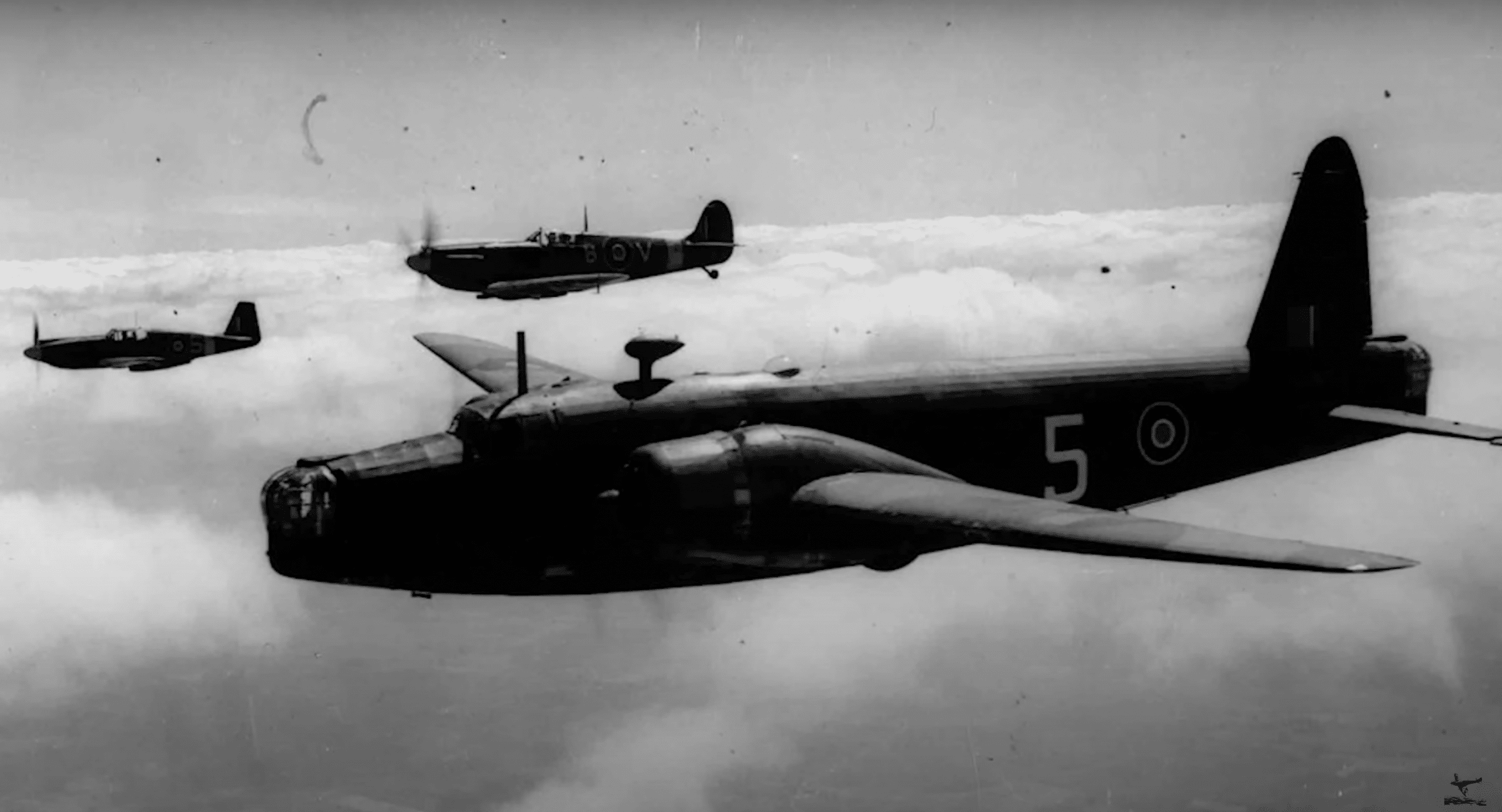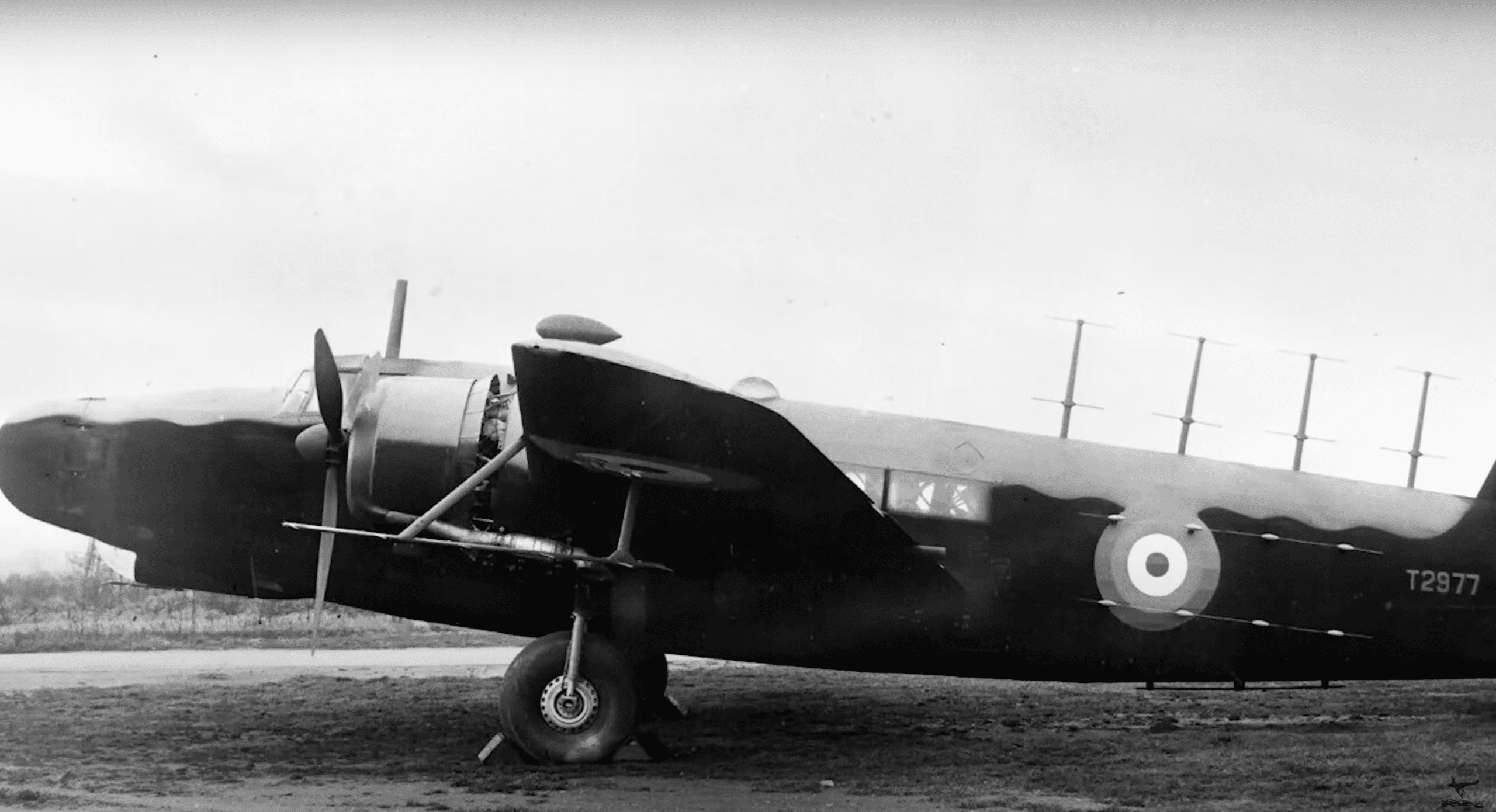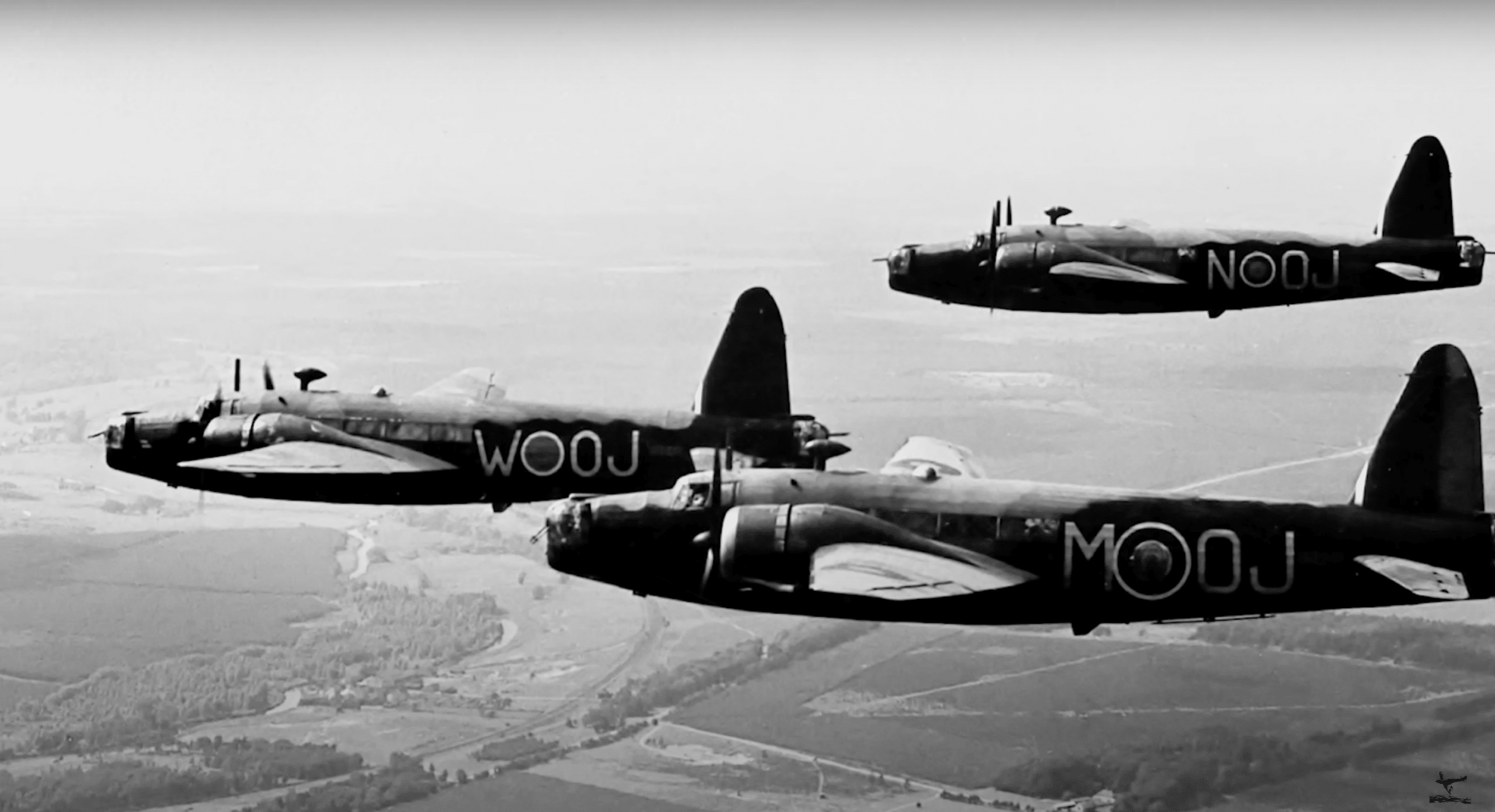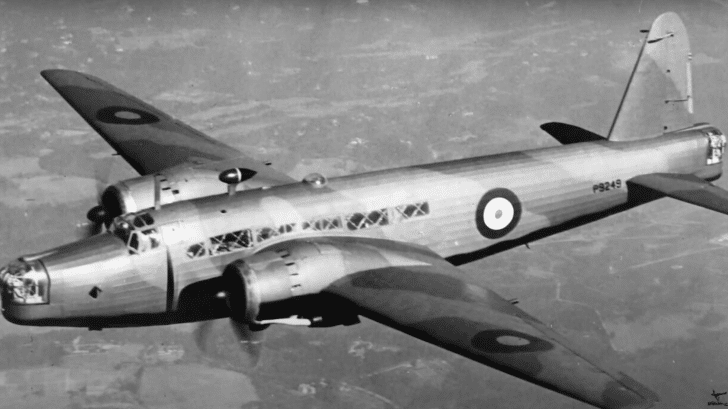The Vickers Wellington is a British two-engined, long-range medium bomber that became the main medium bomber aircraft of the Royal Air Force during the Start of World War II. Here are five facts about this strange bomber:
1. It outlasted many of its 1930’s designed contemporaries
The Wellington was designed as early as 1932, meeting the requirements of the RAF for a medium-class twin-engine bomber. The plane proved to be vital in the RAF’s offensive strategy early in the war and outlasted most of its 1930s contemporaries.

2. It featured a geodetic airframe fuselage structure
Made by aircraft designer Barnes Willis, it was built from 1650 elements. This consisted of duralumin W-beams that formed a metal framework.
3. Wellingtons that have large areas of framework missing can still return home when other types wouldn’t have survived
Its metal lattice gave it extra strength despite being badly damaged. Even destroyed beams on one side are still supported by those on the other.

4. It found its mark as a night bomber
It wasn’t until it was featured as a nighttime bomber that it really shined. It would make a potent addition to the Bomber Command, its main mission derailing German war capabilities in hard-to-defend, low-light hours.
5. At the war’s end, the aircraft flew a total of more than 47,409 operations
Wellingtons served other duties throughout the war, and it also holds the distinction of being the only British bomber that was produced in the entire duration of the war.

Moreover, there wasn’t any other British-built bomber that was produced in greater quantity such as the Wellington.



